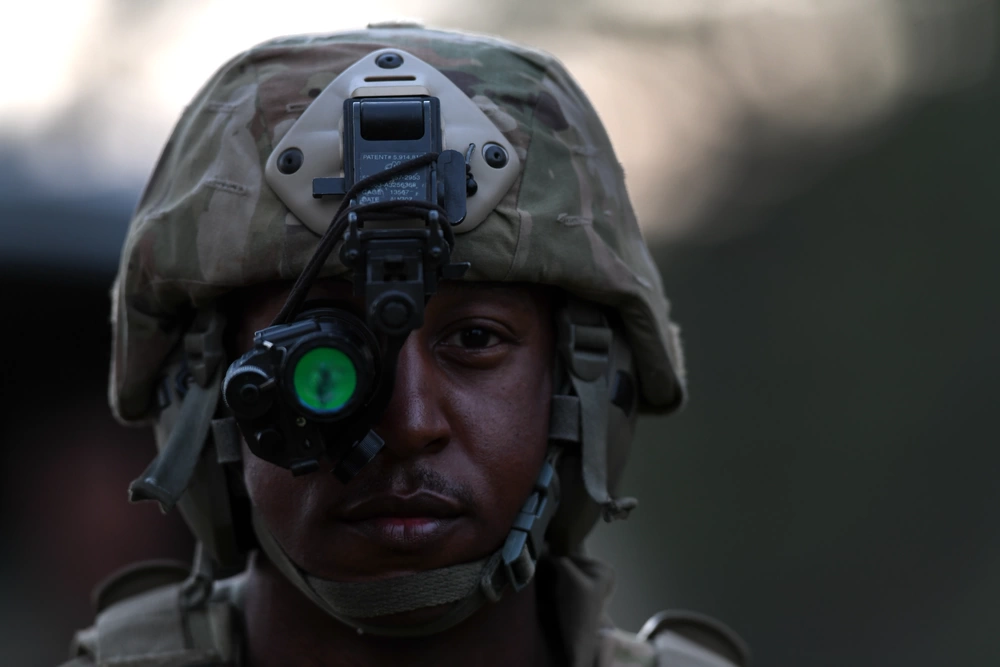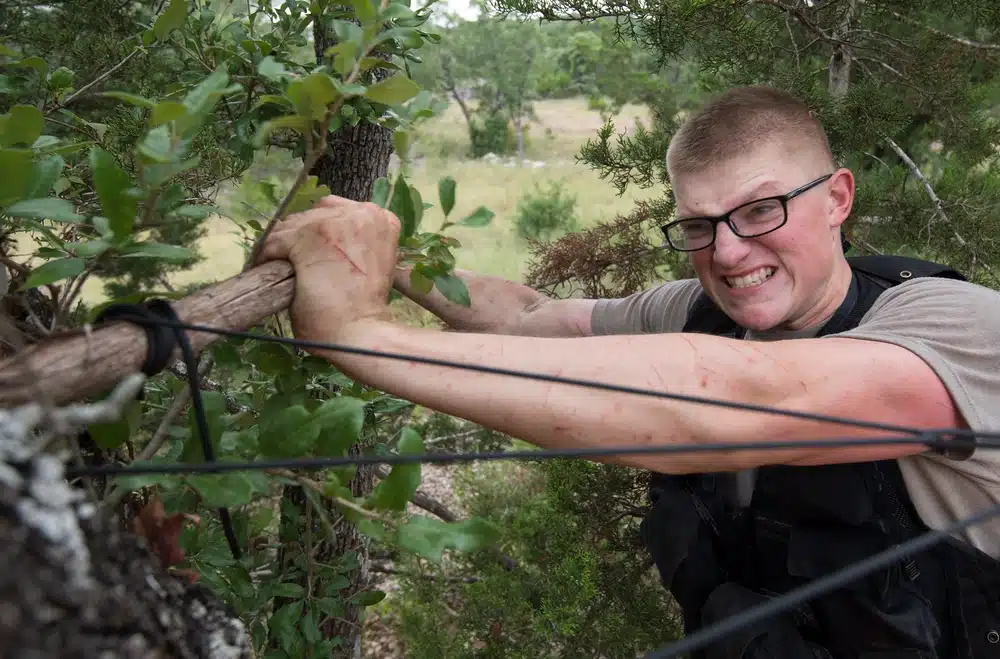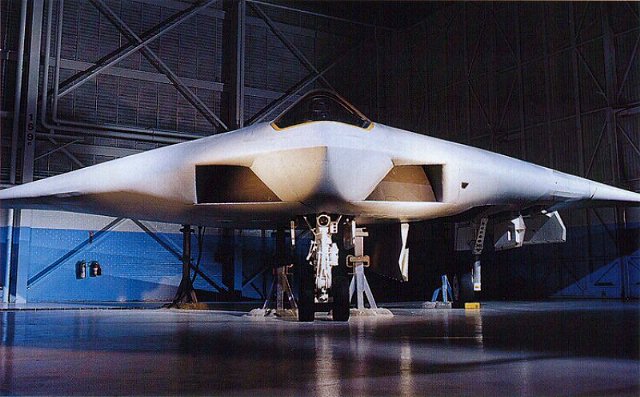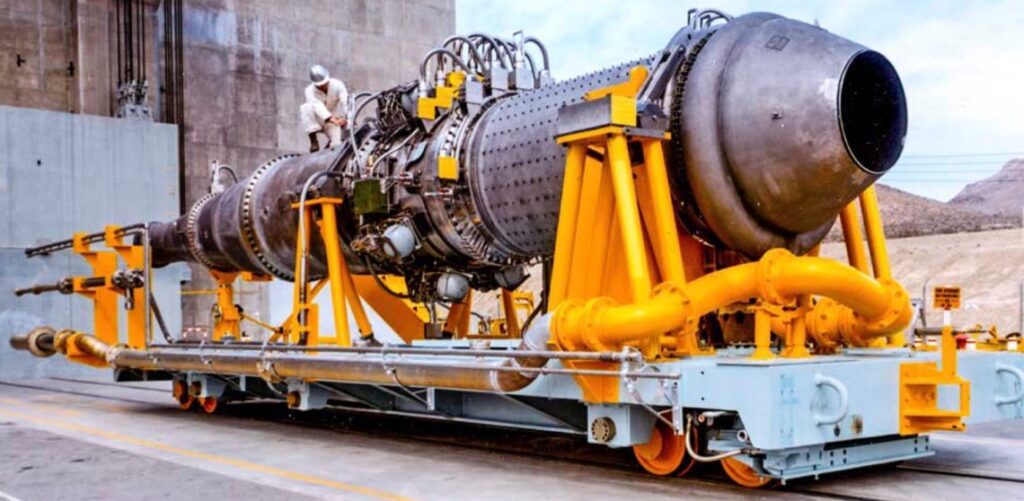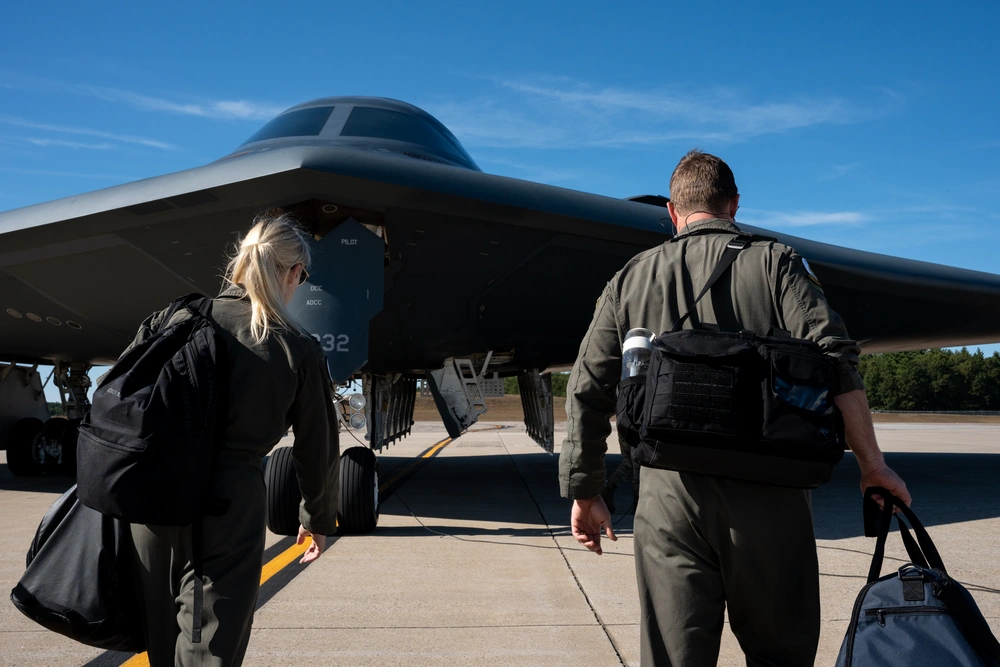The Army recently adopted the M7 assault rifle, M250 light machine gun, and the new XM157 Fire Control Optic as part of its Next Generation Squad Weapons program and I can’t help but feel like an old man.
The XM157 is computer built into an optic that provides a 1-8X magnification. It will also arms troops with a laser rangefinder, environmental sensors, a ballistic computer, compass, and digital display meant to provide the user with a point of aim that compensates for wind, distance and environmental conditions. The XM157 connects to heads-up displays, like the ENVG-B, and will be able to connect to future IVAS goggles.
Although it’s an impressive piece of tech, but it’s not working out so well. A recent report by the Office of Director, Operational Test, and Evaluation detailing the performance of the M7 and M250 alongside the XM157, shows that the guns work, but the optic isn’t living up to its capabilities.
The report’s most damning finding says, “The XM7 with mounted XM157 demonstrated a low probability of completing one 72-hour wartime mission without incurring a critical failure.” This demonstrates that high-tech gadgets can’t replace basic infantryman skills, like being able to hit a target.
Integrating high-tech could make our warfighters more capable and lethal. However, technology quickly becomes stacked tolerances – and when you stack enough tolerances they tumble.
And when they tumble the user is left to use the fieldcraft and soldier skills they should be mastering while training, in this case these skills are marksmanship and combat marksmanship – but it’s not just about the shooting.
High-tech soldiers and old-school techniques

As a Marine who served during the GWOT I existed in an environment where my enemy could never outgun or beat me. On our side, we had drones, jets, and helicopters. We had an organized and trained force, logistics, and everything we needed to beat our enemy in most cases.
I learned some basic fieldcraft at the School of Infantry, but most of it disappeared when I hit the fleet. We didn’t need to know how to creep through the woods quietly or disguise our movements because it didn’t matter when the enemy would be smashed almost immediately in a stand up fight.
One of my favorite stories about Afghanistan came from our ability to own the night. We had night vision optics and thermals of all types. The Taliban barely had sights on their AKs. If they ever fought us at night, the fight would be over as soon as it started.
They knew that, so at night.. they went to sleep. All these high-tech night vision monocles, thermal scopes, and giant thermal cameras meant nothing on the battlefield because the enemy just refused to engage us.
Fieldcraft wouldn’t have made the Taliban fight us at night, but it shows the folly of relying on technology that your enemy simply ignores.
Related: Barrett’s Squad Support Rifle System will make infantry squad deadlier
The value of soldier skills for the next war
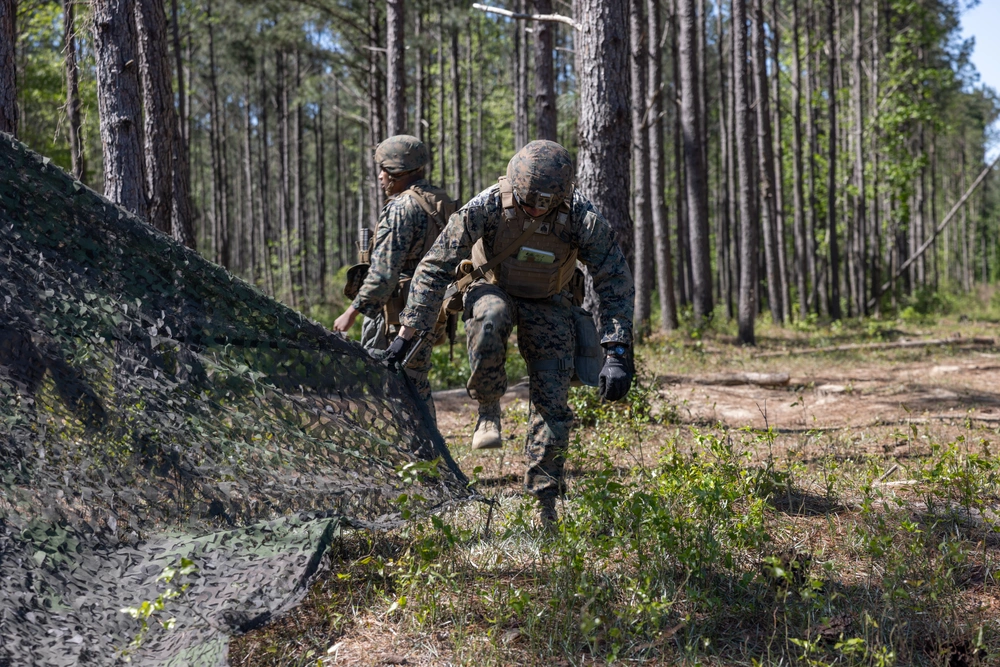
The war in Ukraine demonstrates that the battlefield has changed. Cheap drones with explosives strapped to them are destroying multi-million dollar armored vehicles. Troops have returned to the trenches and urban environments are a death trap. Two near peer forces facing off with fairly modern technology has pushed the conflict into a stalemate.
Both Ukraine and Russia make heavy use of concealment and deception in simple ways. Cami nets aren’t just for shade and light discipline is a major consideration. These soldiers have learned the hard way that old-school fieldcraft matters in modern warfare.
Fieldcraft and soldier skills will be a major factor in facing any near-peer enemy. Yet, these skills will have to adapt to modern warfare. Cami hides and camouflaged positions will have to factor in thermal optics and modern night-vision. Not only will troops need to learn to hide themselves and their movements, they’ll have to learn how to cut for sign, which is the ability to look for telltale signs of enemy activity, including footprints, trash, human waste, and more.
Troops will need to learn to live off the land. Supply lines could be cut or interrupted easily and they may be forced to survive on what they can capture, kill, and purify.
The ability to live off the land and blend in is what made our enemies during the GWOT capable of outlasting us and our technology. We should return to tradition and revive those infantry skills now, before the next war starts.
Related: What do we know about China’s new ‘6th gen’ fighters?
The challenge
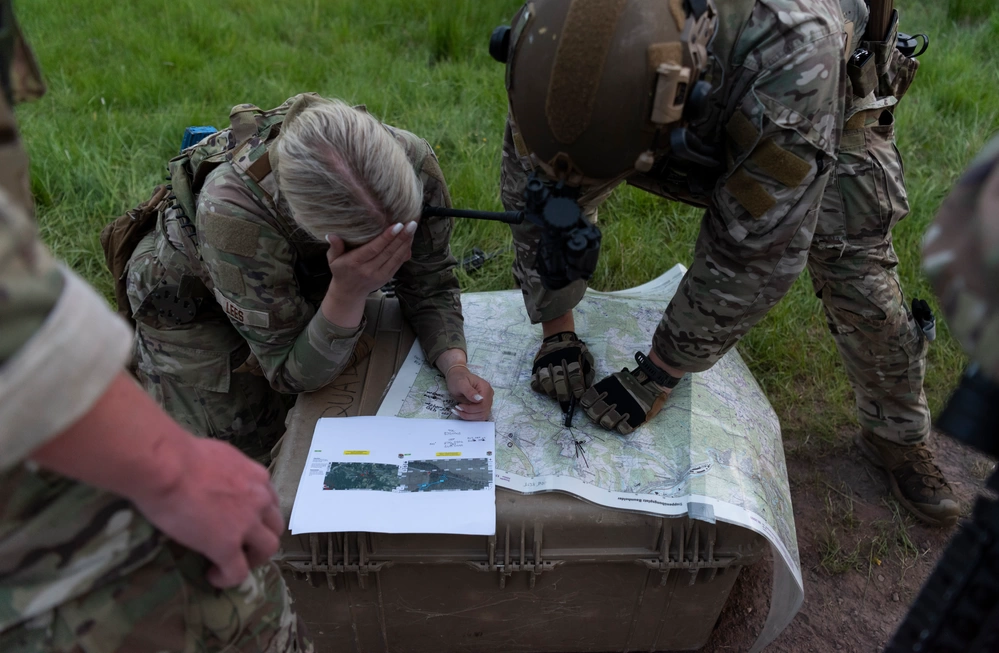
During the GWOT, a generation of leaders fought in an environment where soldier skills didn’t matter. This isn’t their fault since they had to adapt to asymmetric warfare and its demands; training for that was more valuable at the time.
In future warfare, or in a near-peer conflict we may be forced out of such dominant positions. Fieldcraft and soldier skills haven’t been lost or forgotten about entirely, but I think they need to be prioritized more for the next war. The challenge will be the recapture a mastery of these skills and passing them down to the next generation of warfighters.
Technology cannot replace these skills – it can do a fine job of augmenting them, but infantry basics are still the foundation we build our skill on.
Feature Image: U.S. Army Sgt. Shaquille Siplin, with Headquarters and Headquarters Battery, 1st Battalion, 113th Field Artillery Regiment, North Carolina Army National Guard, stands with night vision goggles on during testing of the Next Generation Squad Weapon system’s XM7 rifle at Fort Liberty, North Carolina, June 13, 2024. The system includes the XM7 rifle, the XM250 automatic rifle, and the XM157 fire control system, which are designed to replace the current M4 carbine, M249 Squad Automatic Weapon, and the M240 machine gun. (U.S. Army photo by Sgt. 1st Class Jon Soucy)
Read more from Sandboxx News
- Beware of the fog of war in the India-Pakistan conflict
- Marine Corps launches attack drone team to stay lethal in the modern battlefield
- Navy bolsters its aircraft carriers’ defenses with expendable loitering interceptors
- Mishaps during Rubber Duck operations with the Delta Force
- A second F/A-18 jet goes overboard in the Red Sea

